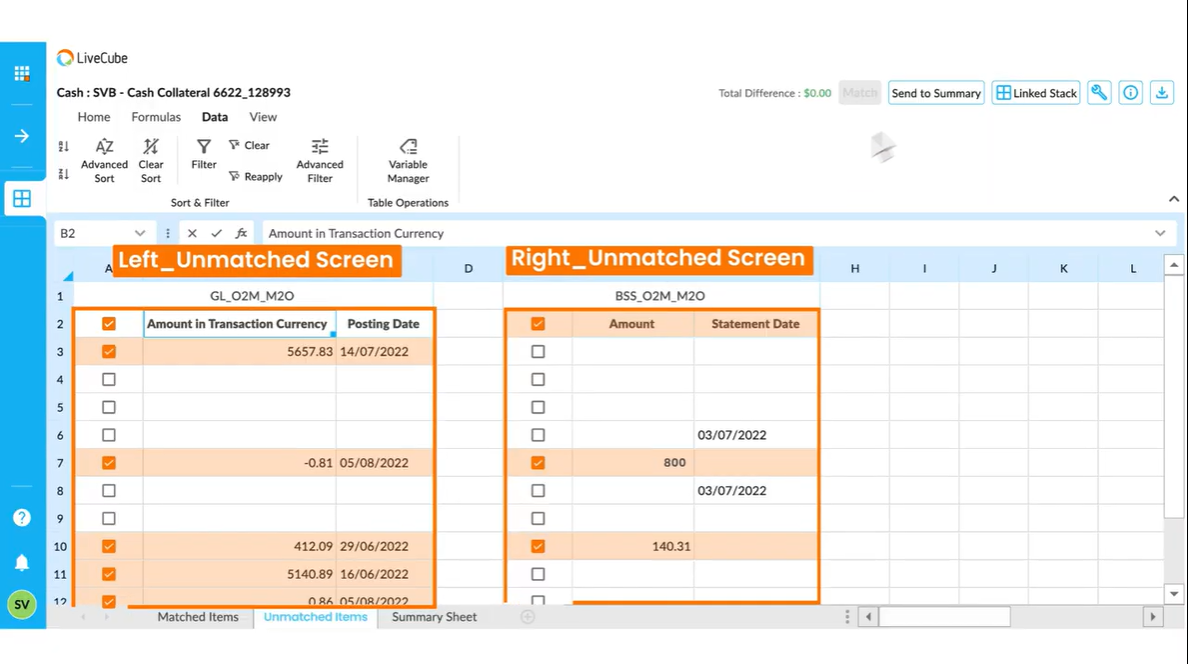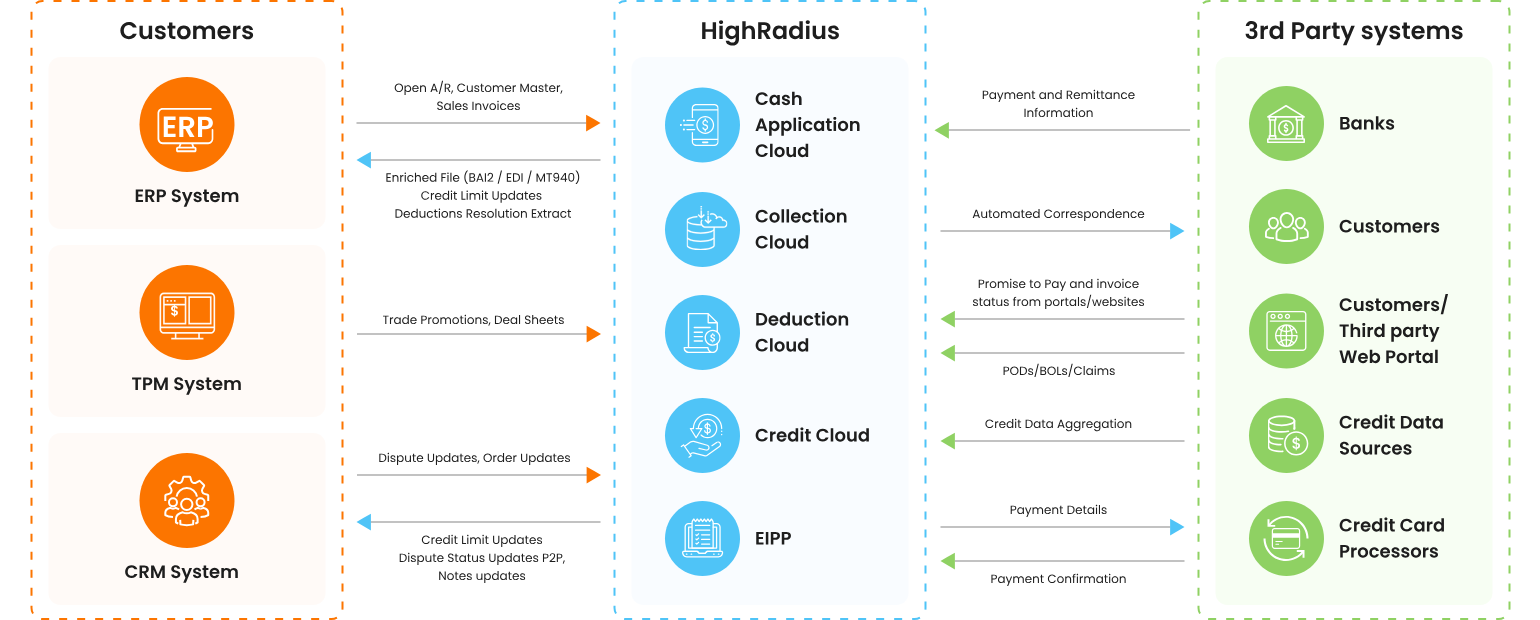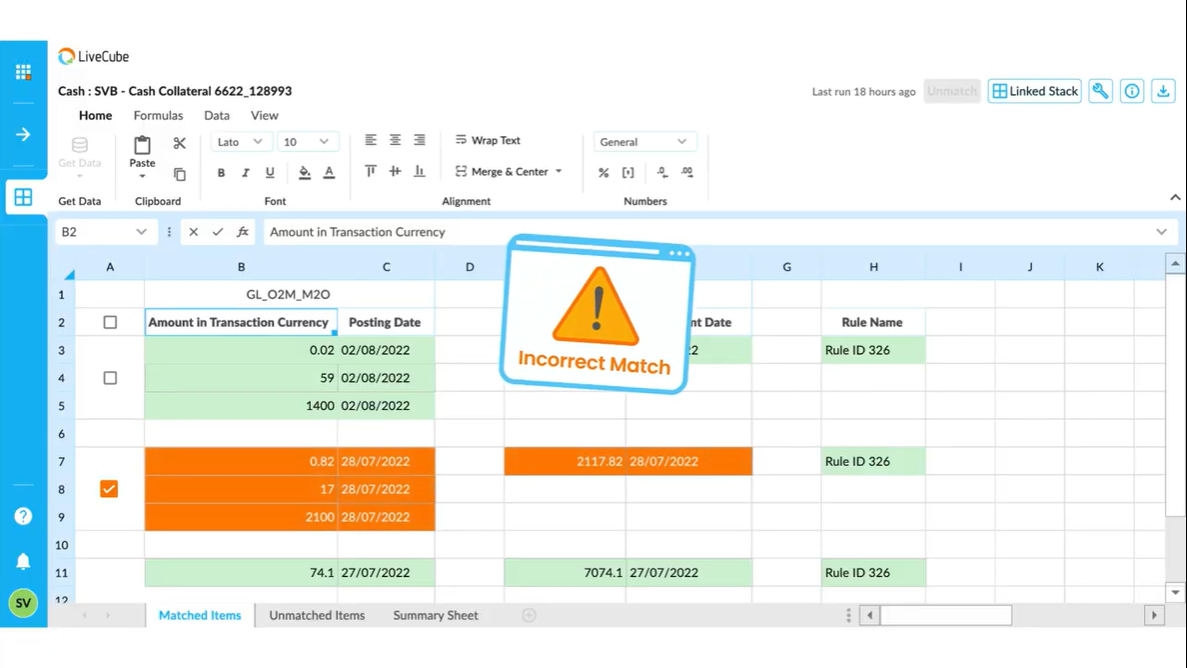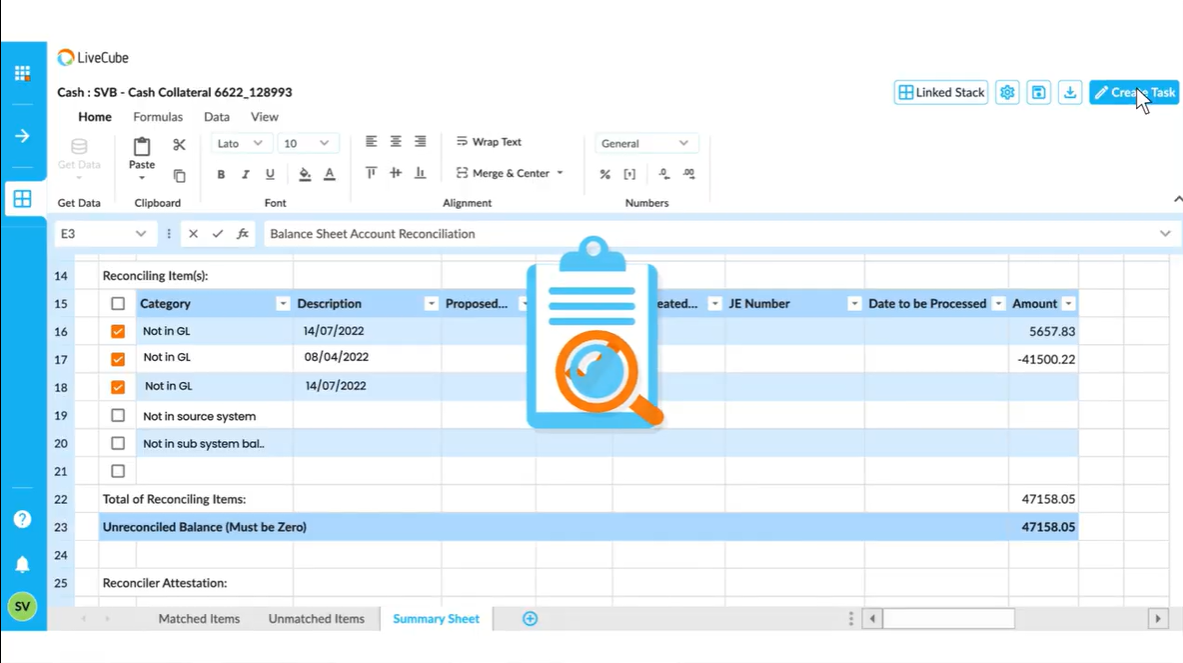Automated Transaction Matching Software
Achieve a 90% transaction auto-match rate with AI Agents
- Auto-extract data from multiple sources.
- Leverage AI/ML-driven matching to seamlessly reconcile transactions across data sets.
- Reconcile accounts faster with improved precision for an accelerated month-end close.
Trusted by 1100+ Global Businesses

Gain 99% Recon Accuracy with AI
Just complete the form below
















